Dreaming of ramen alleys, neon nights, and Mount Fuji views—but worried Japan might drain your wallet? Good news: you can explore Japan richly without spending a fortune. From ¥500 convenience-store meals to scenic shrines that cost nothing at all, Japan offers incredible value if you know where to look.
In this guide, we’ll break down how to tour Japan on a budget—from flights and food to transport and shopping—while still getting the most bang for your yen.
Narrow Down the Locations You Visit
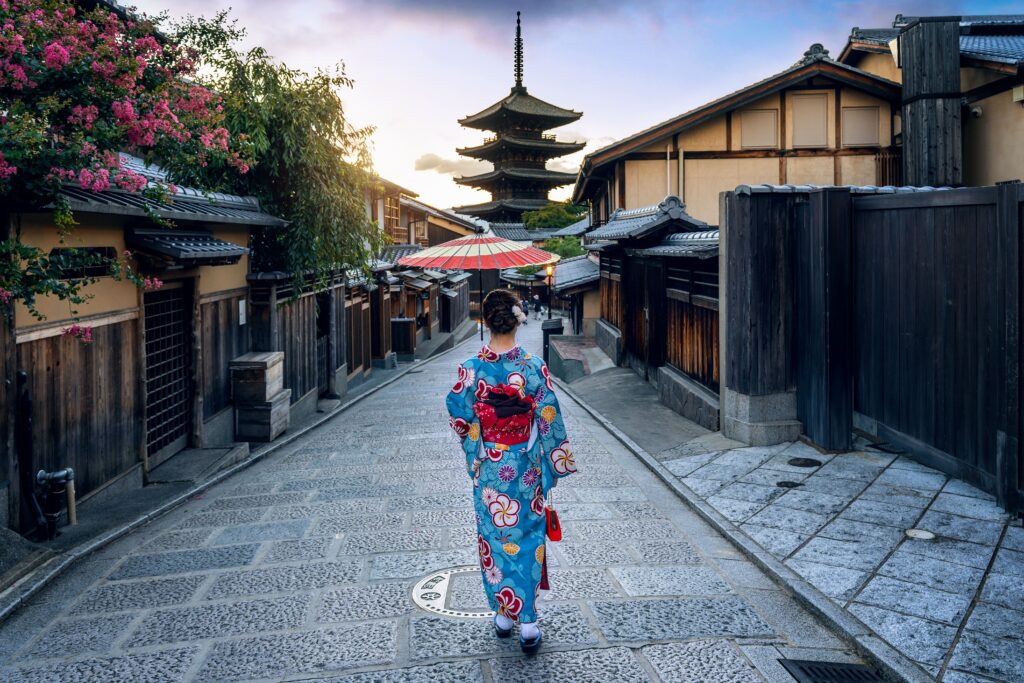
Although it’s normal to want to make the most out of your trip and travel everywhere you can due to the uncertainty of when you`ll next be able to return for another visit, it’s actually not the best solution to maintaining a budget. Travelling to multiple different locations across the country will require various accommodations and travel expenses, which will quickly add up. Not to mention, it will add a sense of urgency to your trip that is meant to be relaxing and enriching.
If you`re travelling to Japan for a one to three week trip, try narrowing down the amount of cities or areas you stay in to three or four. This allows you the relaxation of staying in a particular area for enough adequate time to properly explore all that`s nearby, both tourist attractions and off-the-beaten-path type experiences that are equally–if not more–enriching. Narrowing down the areas you stay in also cuts down the amount of accommodations needed and travelling.
Example: Instead of visiting Tokyo, Kyoto, and Hokkaido, focus on Tokyo–Kamakura–Hakone or Osaka–Kyoto–Nara. You’ll spend less on transport and see just as much variety.
Research the top activities and locations you wish to prioritize on your trip, then take a look at what other attractions or interests are nearby. You may just discover a plethora of sights to be seen and activities to be had, all in the same area, without the need for extra travel.
Save big by traveling slow—fewer cities, deeper experiences.
Plane Ticket Costs
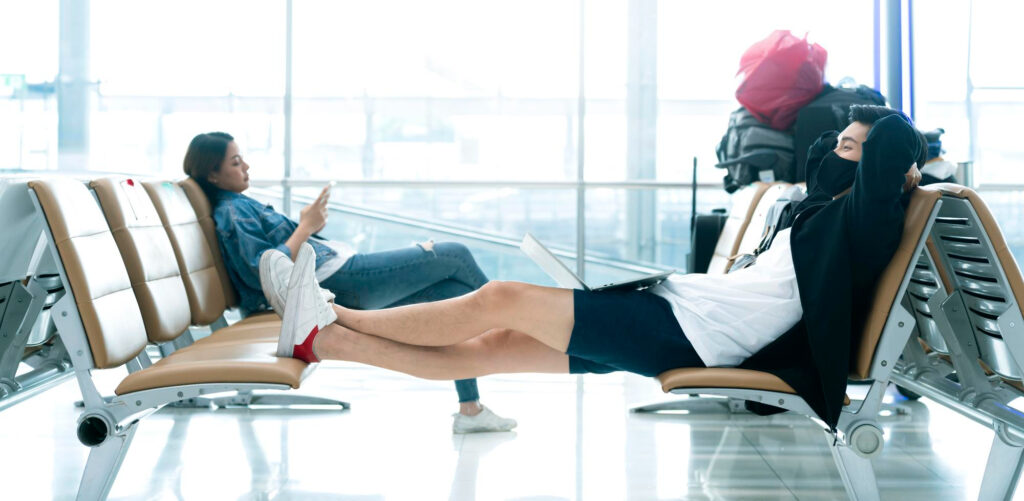
There are always busy seasons for flights, no matter where in the world you go. Japan is no exception. The spring and summer are the busiest times of the year to fly to Japan, making it also the most expensive. Cherry blossom season contributes to the rise in tourism in the spring, starting as early as the end of February and ending typically in the beginning of April. An average of 63 million people visit Japan in the cherry blossom season, according to a study from Kansai University.
Budget tip: Flights are often 20–30% cheaper if you fly midweek or into Osaka (Kansai) instead of Tokyo. Try Google Flights, Skyscanner, or Kiwi.com for fare tracking.
As for the summer, this busy spell begins in July and goes into August. This is due to many Japanese holidays and festivals taking place during this time, such as Obon (a Buddhist festival to honor ancestors) and Tanabata (Star Festival). Many tourists travel both domestically and internationally during these times, and students are also out of school for summer vacation. For more insight into the types of festivals known in Japan at certain times of the year, check out Festivals and Events in Tokyo June to December 2025.
So what are the least busy and the cheapest times of the year to travel to Japan? Late April to early June, and September to late December. With the miserable island heat and humidity levels in Japan, avoiding the summer season altogether will be the best choice if you`re looking to explore the outdoors for a majority of your trip. However, you may be disappointed with the thought of missing out on the iconic, beloved symbols of Japanese cherry blossoms, also known as sakura. Although cherry blossoms are definitely worth the hype, Japanese autumns are arguably just as beautiful and worthy of experiencing.
The beautiful golden hues and crimson leaves amongst temples and shrines are truly a breathtaking sight. The weather is also very comfortable during this time of the year as well, that perfect in-between weather of the autumn after the drowning humidity of the summer dies down and before the sharp winds of the winter begin. But if you don’t mind the cold, the early winter season of Japan could also be worth visiting. Before the busy times of the New Year holidays begin at the end of the year, the beginning of the winter season is typically more quiet in terms of tourism, and is known to harbor nice winter festivals and more affordable accommodations.
In summary, the non-tourist seasons of Japan are both more affordable and still full of many Japanese wonders. Just because the off-seasons aren’t as trendy as the cherry blossom season or summer festivals, it doesn`t make them any less memorable or worthy of experiencing.
Accommodations
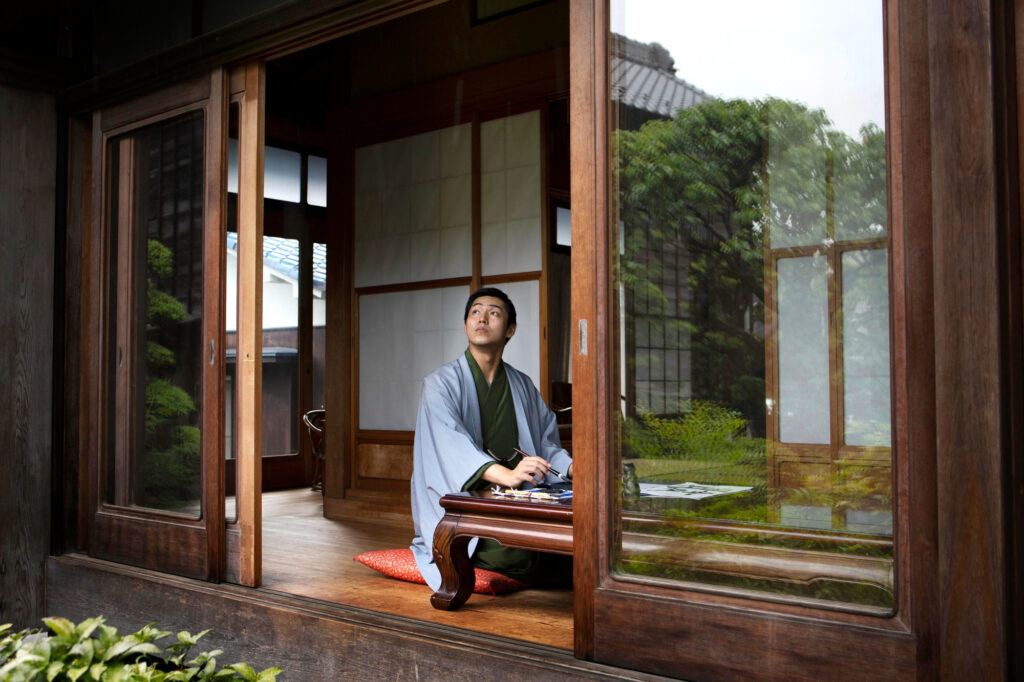
When it comes to accommodations during your Japan trip, there are multiple choices. As previously discussed, if you`re travelling during the off-seasons, accommodations will typically have reduced costs. However, there are still many options for budgeting. Here are a few various types of accommodations you can find in Japan and their typical costs per night:
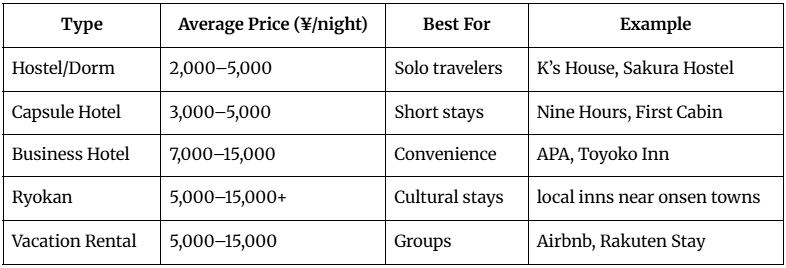
- Hostels/Dorms
Ranging from 2,000 to 5,000 yen per person per night, hostels and dormitories are some of the most budget friendly accommodations for travellers. These typically consist of gender-separated, shared rooms with bunk beds or Japanese futons, and shareds facilities. Private rooms may be available, however, they will have higher prices. These are very popular amongst international travellers looking to save money and be immersed in a more social atmosphere.
- Capsule Hotels
These miniscule hotels have gone viral for how surprisingly tiny yet efficient they are. Typically costing anywhere from 3,000 to 5,000 yen a night, these hotels offer a single pod bed per person, and gender-separated shared amenities and shared common spaces.
- Vacation Rentals
Depending on the type you find, vacation rentals can be as low as 5,000 yen to 15,000 yen a night. Varying from apartment types to traditional Japanese houses, it really depends on what you can find in the areas you’re travelling. It may be worth it in price especially if travelling in a small group!
- Business Hotels
Similar to conventional hotels yet cheaper than traditional ones, business hotels are designed for convenience with their essential amenities and services, often with travellers in mind. Ranging from 7,000 to 15,000 yen a night depending on whether you book a single or double room, business hotels aren’t a bad option and can be found almost anywhere.
- Ryokan Types
Ryokans are traditional Japanese inns with prices depending on the location, meal options, and amenities. Prices for these inns run between 5,000 and 15,000 yen per person per night. Ryokans are generally a great experience to have if one can afford it, however, may be a gamble in terms of maintaining a low budget.
Tip: Book early or look for “non-refundable” deals on Agoda, Booking.com, or Rakuten Travel—especially during off-season months.
Eat Like a Local—for Less Than ¥1,000 a Meal
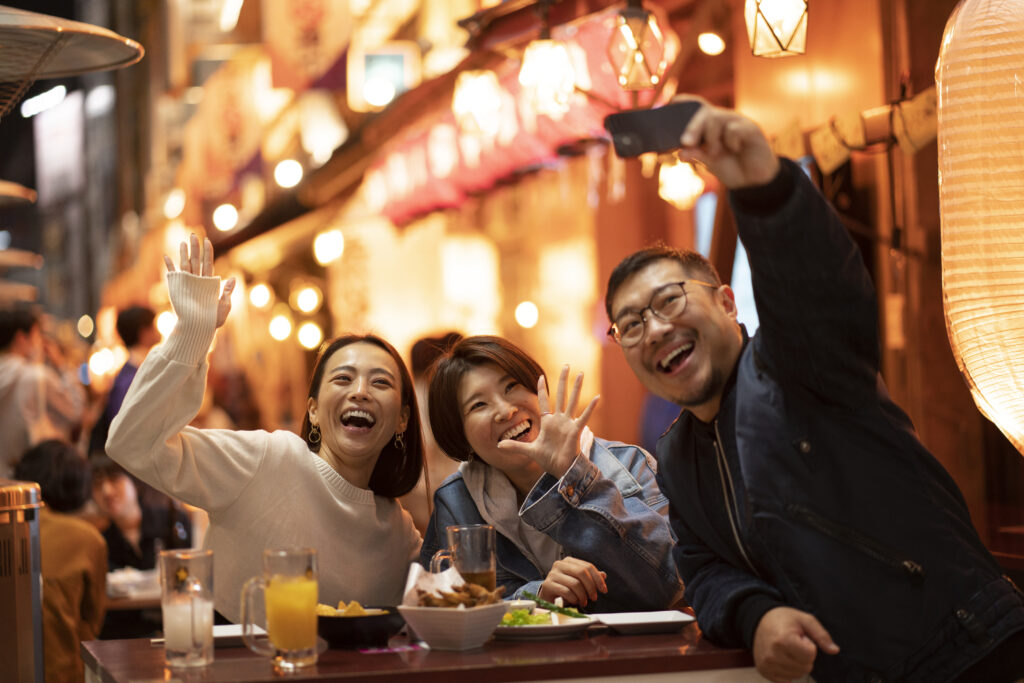
Luckily, in terms of saving money, the food aspect of a Japanese trip is arguably the easiest to navigate. In large cities such as Tokyo, Kyoto, and Osaka, there are so many wonderful options when it comes to cuisine. Where there`s plenty of excellent, expensive restaurants and eateries, there`s also extremely budget-friendly options. If you’re in smaller, more rural areas of Japan during your travels, worry not. There are also budget-friendly options there as well. If you know where to look, you can get delicious Japanese meals for under 1,000 yen very easily.
Budget hack: Convenience stores reduce prices after 8 p.m.—perfect for late-night snacks on a budget.
- Chain Restaurants
Many chain restaurants in Japan serve meals for as low as 600 yen! You can absorb yourself in traditional Japanese cuisine for very affordable prices. Another great thing about chain restaurants is that they are also very accessible, and easy to locate just about anywhere. You have a wide selection of meals, from gyudon chains such as Yoshinoya and Matsuya, to curry bowls from CoCo Ichibanya, Torimero Yakitori for their yakitori skewers, and Kura Sushi for their nicely priced conveyor belt sushi, there are many options to choose from.
- Locally Owned
Restaurants owned by locals are also well-known for having decent prices. Typically serving traditional Japanese meals for under 2,000 yen, these places are great to help support local, family-owned businesses and for trying traditional dishes made by Japanese locals themselves rather than giving your business to tourist-traps known to rack up their prices for unaware travellers.
- Izakayas
The izakaya culture in Japan is an experience everyone should have at least once during their trip to Japan. Izakayas, or Japanese bars known to serve inexpensive dishes and snacks along with alcoholic drinks, often carry local specialty dishes and sake. These bars offer a cozy atmosphere to enjoy your meal and drinks, along with a surrounding of lively Japanese locals. Depending on what you order, izakaya drinks and appetizers typically average between 300 and 600 yen. For more insight into the world of izakayas, visit our The Colorful Izakaya Alleys of Japan article.
- Convenience Stores
Japanese convenience stores are known for their wide array of quick and easy snacks, drinks, and meals. From ready-and-hot foods such as curry breads, fried chicken, and meat buns, to microwaveable beef and vegetable bowls, and various types of ready-to-eat refrigerated onigiri, Japan holds a multitude of convenience stores with many meal options, all typically within 500 to 1,000 yen.
Look for lunch sets (“teishoku”)—many restaurants offer the same dish for half the dinner price.
Sightseeing & Activities
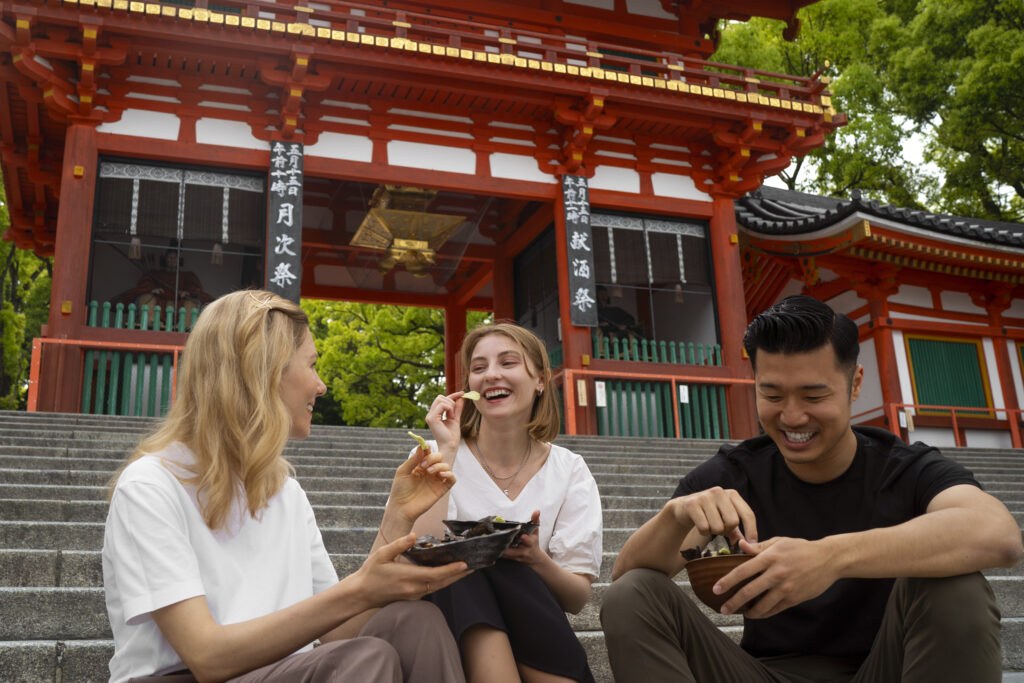
This is a key component to the budgeting of your trip. There are many activities you can do in Japan that don’t require much spending. For example, Japan is famous for its many beautiful, well-preserved temples and shrines. While some temples and shrines require some small payment, typically between 300 to 800 yen to assist with the maintenance of the grounds, many of these country staples don’t require any payment at all unless you wish to purchase something from the souvenir shop.
Visiting many of the local parks also tends to be free or minimal payment. However, museums and castles usually hold admission costs of at least 1,500 yen, while theme parks and attractions can average anywhere from 5,000 to 10,000 yen. It really depends on where you wish to visit, but it may be worth it to look into a sightseeing pass to see if it could assist with discounts. Due to how many beautiful shrines, temples, and parks Japan has to offer, it is definitely worth it to utilize these free attractions. Take advantage of the free or low cost prices if you`re looking to budget and experience many of Japan’s traditional and historical sights.
Free & Low-Cost Highlights:
- Meiji Shrine (Tokyo) – Free
- Fushimi Inari Taisha (Kyoto) – Free
- Ueno Park museums – from ¥600
- Osaka Castle Park – ¥600 entry
Discounts: Look into Tokyo Museum Grutto Pass, Osaka Amazing Pass, or JR East Welcome Rail Pass for combined savings.
Japan rewards curiosity—some of its best experiences cost nothing at all.
Travelling

Public transport in Japan is clean, reliable, and—if used wisely—affordable. For local trips, use IC cards (Suica, Pasmo, ICOCA) to tap in and out easily. For intercity travel, night buses can cost as little as ¥4,000–¥8,000 from Tokyo to Kyoto—less than half the Shinkansen price. The Japan Rail Pass is only worth it for long-distance travel; for regional trips, look into passes like the JR Kansai Pass or Tokyo Wide Pass.
Bonus tip: Many cities (Kyoto, Kanazawa, Hiroshima) are walkable or have affordable day bus passes (¥500–¥700).
Shopping

Being on a budget and shopping in Japan can be one of the most challenging parts of your trip. However, to avoid the possibility of purchasing too many souvenirs on your trip and having to either pay for an overweight bag on your flight back, or worst yet, have to purchase another bag for all your extra luggage on your way back home, try to devise a strategy for yourself that both allows you a little bit of shopping while also pulling your budget taunt.
Make a list of the top few things you wish to purchase, and try to stick to it. Or better yet, set a budget and a granted amount of space in your luggage for your purchases. When it comes to where to shop, for affordable and fashionable clothing, stores such as GU and 2nd Street offer great and trendy options. For neat Japanese souvenirs, LOFT, Don Quijote, and Daiso offer a variety of items. For Japanese beauty, local drugstores where the locals shop offer a wide variety of discounted items, and sometimes even offer tax-free shopping for travellers.
Traveling doesn’t have to break the bank. One of the best things about it is that every journey is unique, and the value of the experience isn’t determined by how much money is spent. Everyone deserves the chance to explore the world, even if their circumstances require a more budget-conscious approach.
Hopefully, this shows that meaningful travel is possible for everyone—regardless of budget.
Affordable Souvenir Ideas:
- Tenugui cloths or chopsticks – ¥300–¥1,000
- Local snacks from Don Quijote or convenience stores – under ¥500
- 100-yen stores (Daiso, Seria) for small gifts
Budget rule: Set a souvenir budget before you shop—Japan’s cute designs make it easy to overspend!
Read more on shopping in Japan: 10 Things to Buy When Visiting Japan

Japan doesn’t have to be an expensive dream—it can be one of the most rewarding budget destinations in Asia. Whether you’re slurping a ¥600 bowl of ramen or soaking in a free mountain Onsen, every yen spent here brings immense value.
With the right planning, you’ll discover that the real treasures of Japan—kindness, culture, and everyday beauty—don’t cost much at all.
Next read: The Best Japan Tour for 2026: Hidden Gems, Local Guides & Authentic Experiences
